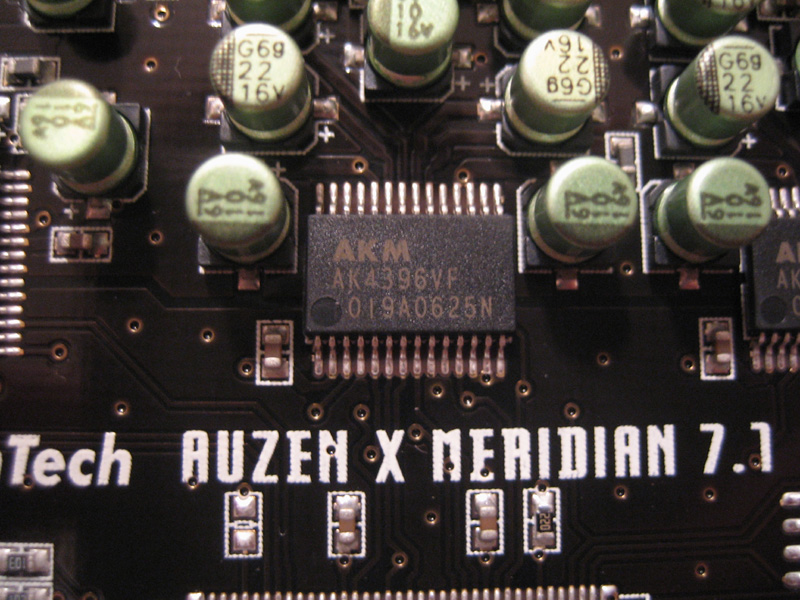Meridian’s 800 DVD-Audio/Video player is the world’s first to support HDMI, we can reveal today. At CES in Las Vegas, Meridian will today announce two upgrade cards, the VE11 and VE12, both of which will retail for $1,250 when they become available in spring 2003.
The VE11 and VE12 cards plug into the card frame architecture of the 800 player and add DVI and HDMI digital interfaces respectively, as well as progressive video with Faroudja DCDi de-interlacing and scaling. The cards can be installed individually, or together within a single chassis.
The VE11 card provides support for the DVI Digital Visual Interface standard, supporting digital display devices including HDTV at bandwidths of 165MHz. The VE11 provides a 480p digital output to the DVI specification. Content is protected by means of the HDCP (High-bandwidth Digital Content Protection) system developed for DVI by the Intel Corporation. Using the latest DCDi™ technology from Faroudja, Meridian’s VE11 produces the highest quality progressive video from the interlaced source material found on DVDs. Per-pixel motion-adaptive de-interlacing results in the highest resolution picture while suppressing motion artifacts.
The VE12 is HDMI Phase 1 compliant, and provides a wide selection of high-definition video formats, including 480i, 480p, 576p, 720p, 1080i and 1080p. Also supported are two channels of PCM digital audio or bitstream signals corresponding to all the audio formats available for DVD-Video, including Dolby Digital, DTS and PCM up to 48kHz 24-bit. The VE12 uses extremely high quality conversion and studio-grade, high bandwidth, low noise analogue video circuits in a skillfully designed impedance controlled 6-layer PCB. This, combined with the 800’s legendary low noise picture decoding, presents a progressive output that sets new standards.
Meridian VE-12 video encoder card.
The video processing available on the cards allows scaling and aspect ratio adjustment, including automatic sensing of disc flags. The digital image is pixel-mapped to the display and includes native-rate scaling, in which a dialogue occurs between the card and the display, enabling the card to deliver a signal that is specific to the display system in use, for the ultimate in digital video performance without artifacts.
Robert Stuart, Chairman of Meridian Audio: “Some manufacturers are considering Firewire to provide a single-wire audio/video link between source and processor, but Firewire does not have the bandwidth to carry high definition video – a necessity for future multimedia systems. Therefore, we are enthusiastic about HDMI, which helps to make the fully-integrated high-definition home theatre systems of the future possible.”
The VE11 and VE12 cards both also offer broadcast-quality progressive component analogue video outputs on three BNC connectors, with up to 480p maximum resolution. Both require the VE00 module to be installed in order to function.
The HDMI interface allows both uncompressed digital video to HDTV standards and digital audio to be sent down the same cable. Intel’s HDCP (High-bandwidth Digital Content Protection) is used to maintain the integrity of the high-resolution signal. HDMI offers superior performance as it can carry HDTV-resolution digital video signals without compression – a capability not possible with any other current interface. Digital display devices can offer exceptional performance.
Meridian is exhibiting at CES and can be found at booth number 20013 in the Las Vegas Convention Center, South Hall 1&2, at the 2003. A suitably equipped 800 series player will also be used to demonstrate the technology at the Silicon Image booth. Check our CES 2002 pages for more details over the next couple of days, including a report from the Meridian/Silicon Image launch party. Meridian VE-11 video encoder card.

